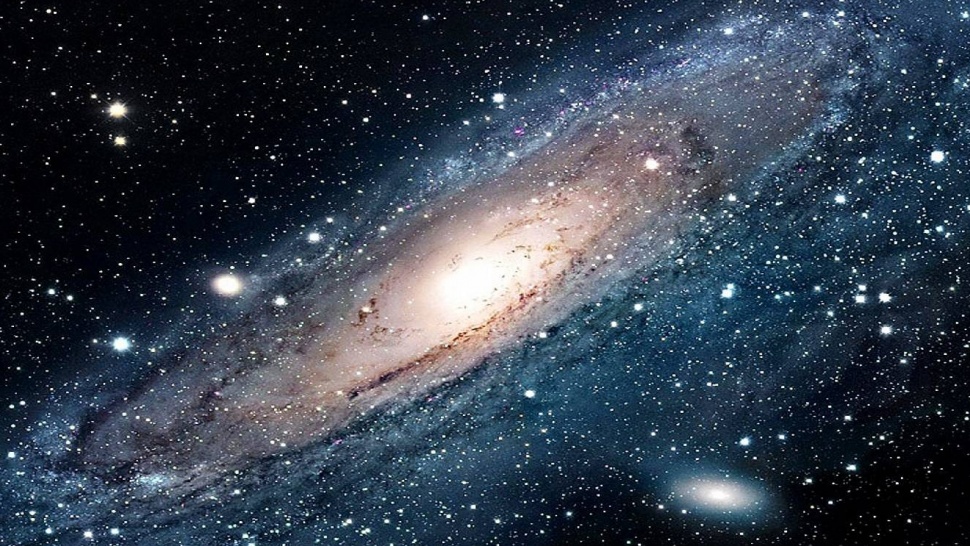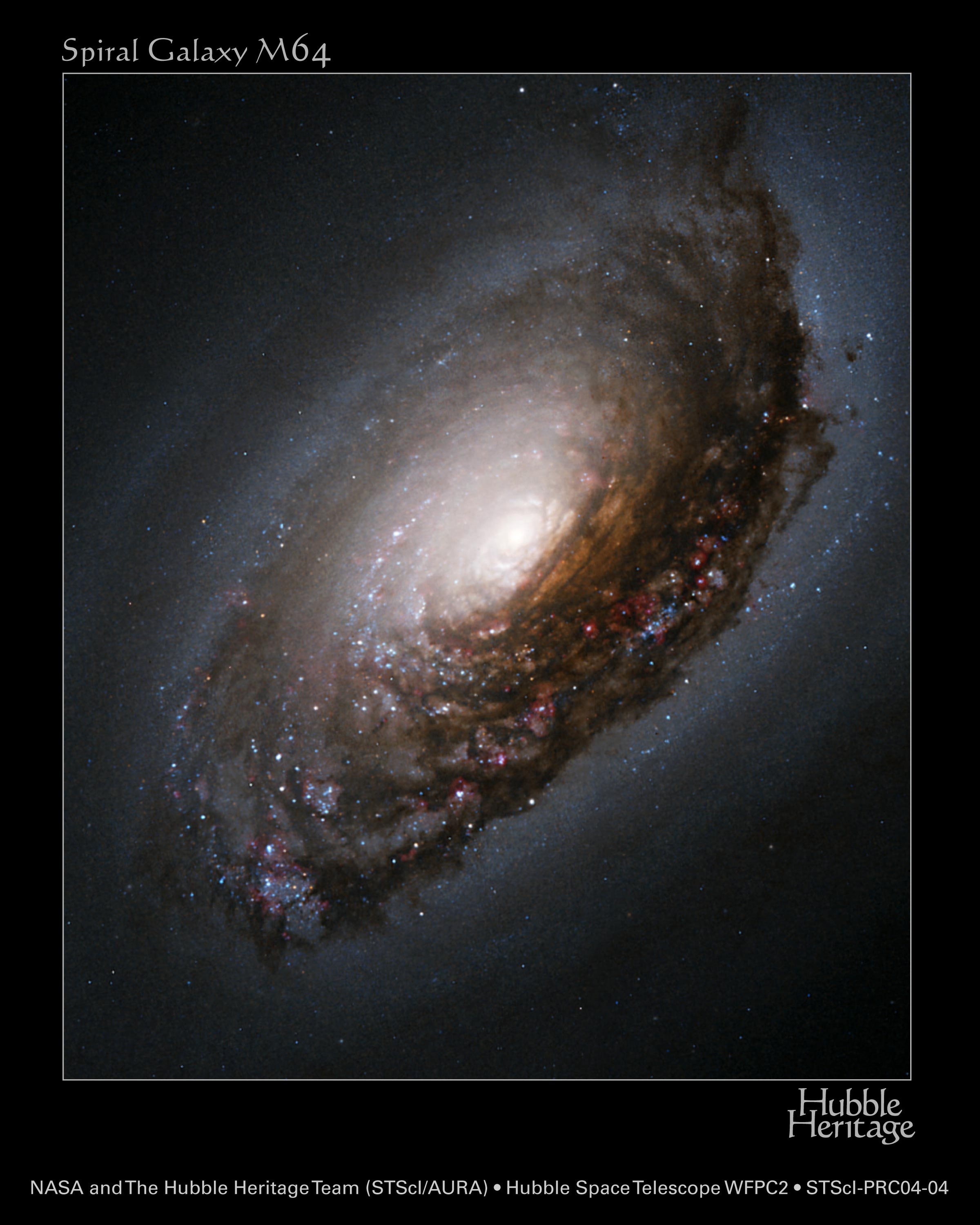


Winds and radiation from these stars create the complex structures seen in the gas throughout the image.This sweeping panorama is one of the sharpest infrared pictures ever made of the galactic center region. In addition, Hubble uncovered many more massive stars across the region. Along the left side are large arcs of warm gas that have been heated by clusters of bright massive stars.
HUBBLE SPACE TELESCOPE IMAGES MILKY WAY PATCH
The galactic center is marked by the bright patch in the lower right. Like the downtown of a large city, the center of our galaxy is a crowded, active, and vibrant place.Īlthough best known for its visible-light images, Hubble also observes over a limited range of infrared light. Some of these clouds harbor stellar nurseries that are forming new generations of stars. These dusty clouds glow in infrared light and reveal their often dramatic shapes. These stars heat the nearby gas and dust. The swirling core of our galaxy harbors hundreds of thousands of stars that cannot be seen in visible light. Spitzer's infrared-light observations provide a detailed and spectacular view of the galactic center region. The entire image width covers about one-half a degree, about the same angular width as the full moon. Note that the center of the galaxy is located within the bright white region to the right of and just below the middle of the image. In this spectacular image, observations using infrared light and X-ray light see through the obscuring dust and reveal the intense activity near the galactic core. Each image shows the telescope's different wavelength view of the galactic center region, illustrating the unique science each observatory conducts. In celebration of the International Year of Astronomy 2009, NASA's Great Observatories - the Hubble Space Telescope, the Spitzer Space Telescope, and the Chandra X-ray Observatory - have produced a matched trio of images of the central region of our Milky Way galaxy. Click on individual image for larger view


 0 kommentar(er)
0 kommentar(er)
